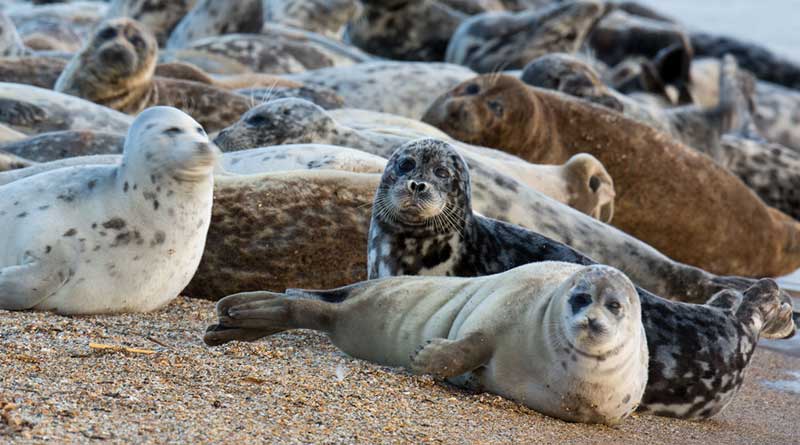The seal is not being protected
Ecologists are trying to inscribe the Caspian seal into the new edition of the Russian Red Data Book.
The seal has not been redlisted
The Russian Red Data Book has not been updated since 1998. In 2017, the Ministry of Natural Resources and Environment of the Russian Federation started working on its new edition. In February last year, a meeting of the Commission on the Red Data Book was held. At the same time, a new version of the Red Data Book of the Russian Federation was agreed upon. At the Academy of Sciences, the list of rare species was approved in April, and in December, it (the Order on the Red Data Book – a note by Kaspika) was sent to the Ministry of Justice. However, the Order on the Red Data book was not registered. The document will be finalised and submitted for reconsideration.
The new edition of the Red Data Book has not been officially published. However, according to Greenpeace, the Caspian seal has not been redlisted on it.
‘We have a list of species to be inscribed into the Red Data Book, which the Ministry of Natural Resources and Environment of Russia sent to the Ministry of Justice. There is no the Caspian seal on this list. We hope that all rare species are inscribed into the new edition of the Red Data Book. We suspect that the Ministry of Justice did not approve the list and returned it to the Ministry of Natural Resources and Environment not only because of commas that they did not like, but also because of the powerful public opinion and position of scientists and the State Duma’s Committee on Ecology,’ said Mikhail Kreindlin, an expert of Greenpeace (Russia).
The Ministry of Agriculture of Russia excluded the Caspian seal from the new edition of the Red Data book (a copy of the order is available to Kavkaz.Realii) with the wording ‘in connection with the stable status of the stock.’ Although in fact, the ‘stock’ cannot be assessed as a stable. The Caspian seal is redlisted by the International Union for Conservation of Nature with the category EN – that is, as an endangered species…
Author: Dinara Khanakhmedova
Photo: Y. Polonskiy

